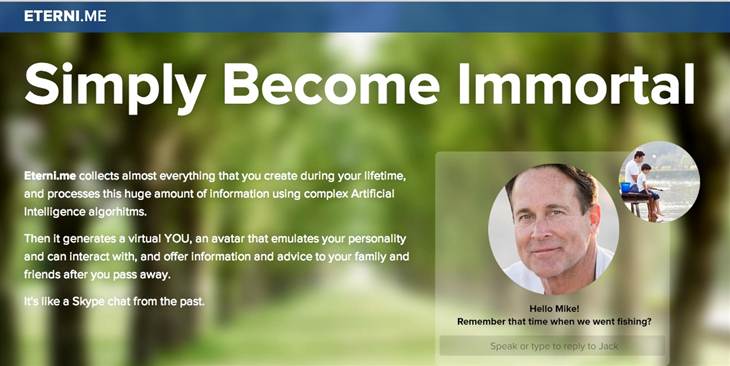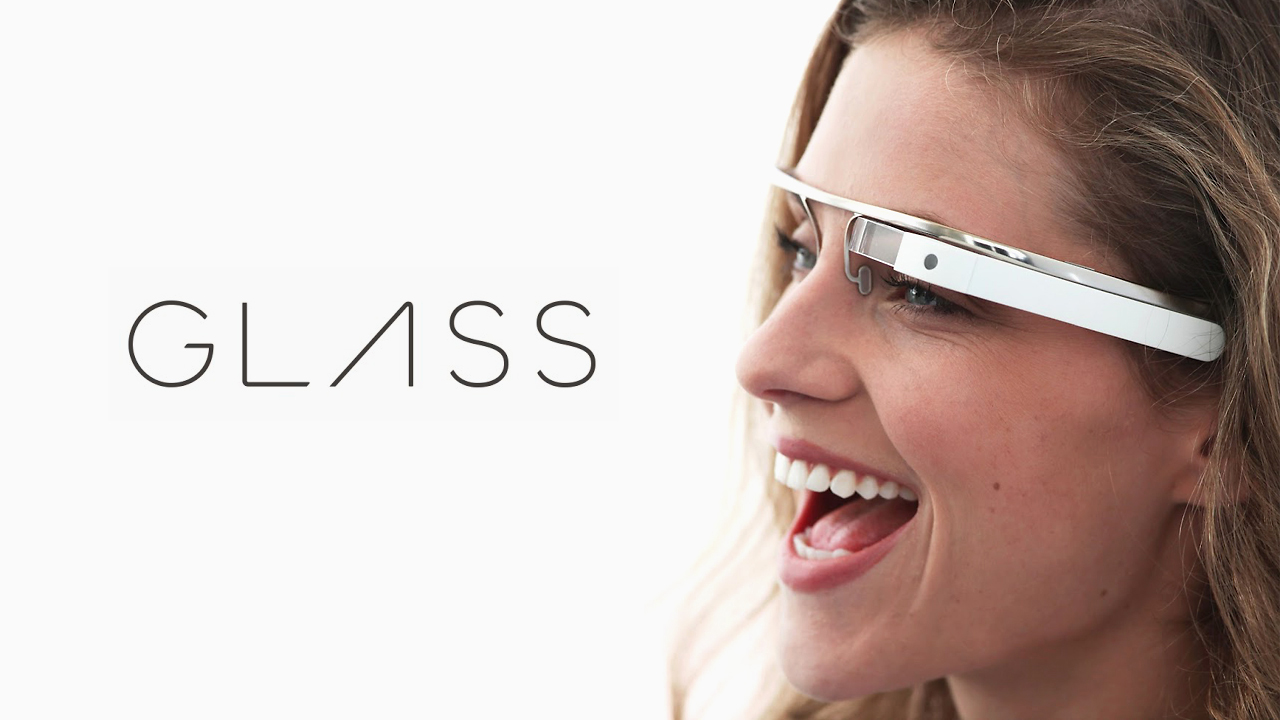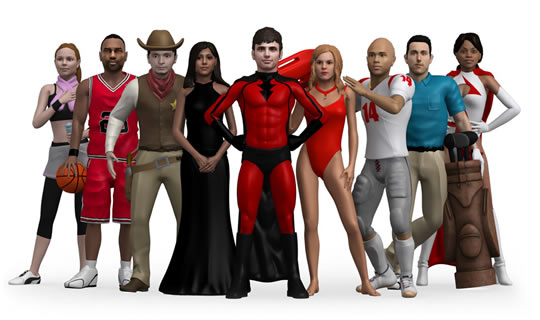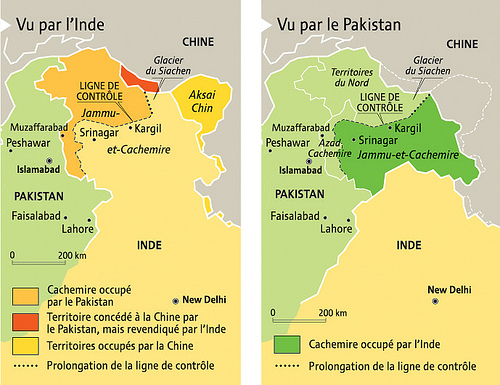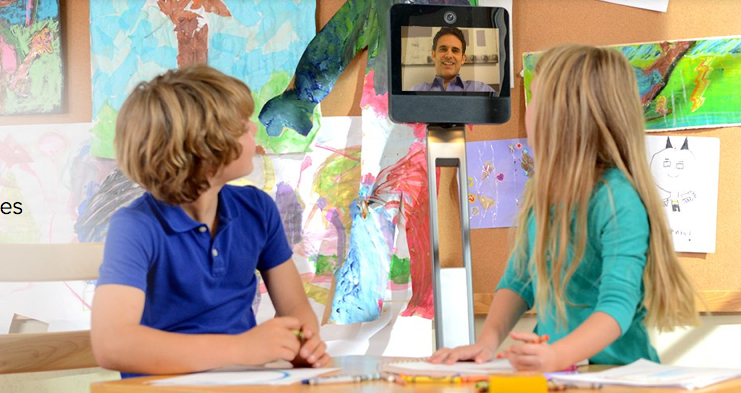Many of us strive for persistence beyond the realm of our natural life-spans. Some seek to be remembered through monuments, buildings and other physical objects. Others seek permanence through literary and artistic works. Still others aim for remembrance through less lasting, but noble deeds: social programs, health initiatives, charitable foundations and so on. And yet others wish to be preserved in frozen stasis for later thawing and re-awakening. It is safe to say, that many of us would seek to live for ever.
So, it comes as no surprise to see internet startups exploring the market to preserve us or facsimiles of us — digitally — after death. Introducing Eterni.me — your avatar to a virtual eternity.
From Wired (UK):
“We don’t try to replace humans or give false hopes to people grieving.” Romanian design consultant Marius Ursache, cofounder of Eterni.me, needs to clear this up quickly. Because when you’re building a fledgling artificial intelligence company that promises to bring back the dead — or at least, their memories and character, as preserved in their digital footprint — for virtual chats with loved ones, expect a lot of flack.
“It is going to really suck — think Cleverbot with weird out-of-place references to things from that person’s life, masquerading as that person,” wrote one Redditor on the thread “Become Virtually Immortal (In the creepiest way possible)”, which immediately appeared after Eterni.me’s launch was announced last week. Retorts ranged from the bemused — “Now that is some scary f’d up s**t right there. WTF!?” — to the amusing: “Imagine a world where drunk you has to reason with sober AI you before you’re allowed to drunk dial every single person you ever dated or saw naked. So many awkward moments avoided.” But the resounding consensus seems to be that everyone wants to know more.
The site launched with the look of any other Silicon Valley internet startup, but a definitively new take on an old message. While social media companies want you to share and create the story of you while you’re alive, and lifelogging company Memoto promises to capture “meaningful [and shareable] moments”, Eterni.me wants to wrap that all up for those you leave behind into a cohesive AI they can chat with.
Three thousand people registered to the service within the first four days of the site going live, despite there being zero product to make use of (a beta version is slated for 2015). So with a year to ponder your own mortality, why the excitement for a technology that is, at this moment, merely a proof of concept?
“We got very mixed reactions, from ecstatic congratulations to hate mail. And it’s normal — it’s a very polarising topic. But one thing was constant: almost everybody we’ve interacted with truly believes this will be a reality someday. The only question is when it will be a reality and who will make it a reality,” Ursache tells us.
Popular culture and the somewhat innate human need to believe we are impervious, has well prepared us for the concept. Ray Kurzweil wants us to upload our brains to computers and develop synthetic neocortexes, and AI has featured prominently on film and TV for decades, including in this month’s Valentine’s Day release of a human-virtual assistant love story. In series two of British future-focused drama Black Mirror Hayley Atwell reconnects with her diseased lover using a system comparable to what Eterni.me is trying to achieve — though Ursache calls it a “creepier” version, and tells us “we’re trying to stay away from that idea”, the concept that it’s a way for grieving loved ones to stall moving on.
Sigmund Freud called our relationship with the concept of immortality the “real secret of heroism” — that we carry out heroic feats is only down to a perpetual and inherent belief that our consciousness is permanent. He writes in Reflections on War and Death: “We cannot, indeed, imagine our own death; whenever we try to do so we find that we survive ourselves as spectators. The school of psychoanalysis could thus assert that at bottom no one believes in his own death, which amounts to saying: in the unconscious every one of us is convinced of his immortality… Our unconscious therefore does not believe in its own death; it acts as though it were immortal.”
This is why Eterni.me is not just about loved ones signing up after the event, but individuals signing up to have their own character preserved, under their watchful eye while still alive.
The company’s motto is “it’s like a Skype chat from the past,” but it’s still very much about crafting how the world sees you — or remembers you, in this case — just as you might pause and ponder on hitting Facebook’s post button, wondering till the last if your spaghetti dinner photo/comment really gets the right message across. On its more troubling side, the site plays on the fear that you can no longer control your identity after you’re gone; that you are in fact a mere mortal. “The moments and emotions in our lifetime define how we are seen by our family and friends. All these slowly fade away after we die — until one day… we are all forgotten,” it says in its opening lines — scroll down and it provides the answer to all your problems: “Simply Become Immortal”. Part of the reason we might identify as being immortal — at least unconsciously, as Freud describes it — is because we craft a life we believe will be memorable, or have children we believe our legacy will live on in. Eterni.me’s comment shatters that illusion and could be seen as opportunistic on the founders’ part. The site also goes on to promise a “virtual YOU” that can “offer information and advice to your family and friends after you pass away”, a comfort to anyone worried about leaving behind a spouse or children.
In contrast to this rather dramatic claim, Ursache says: “We’re trying to make it clear that it’s not replacing a person, but trying to preserve as much of the information one generates, and offering asynchronous access to it.”
Read the entire article here.
Image: Eterni.me screenshot. Courtesy of Eterni.

